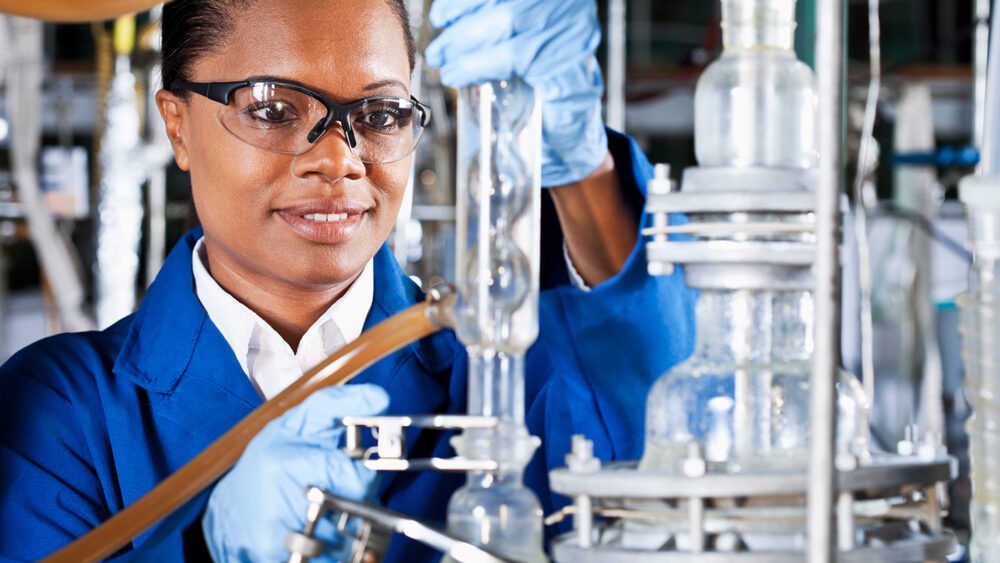
Learning about Microplastics: Frequently Asked Questions
Microplastics are small plastic particles that result from both commercial product development and the breakdown of larger plastics.

Chemicals and chemistry touch nearly every aspect of our lives. From the food we eat, the cars we drive, the building where we work, live and play, to myriad health care applications, product packaging and consumer electronics, chemistry helps make all these possible. So it is important that chemicals are used safely. Learn more about chemicals health and safety in the five categories below.
For more chemical safety facts, follow us on social media.
© 2005 – 2023 American Chemistry Council, Inc. The ACC mark, Responsible Care®, the hands logo mark, CHEMTREC®, TRANSCAER®, and americanchemistry.com are registered service marks of the American Chemistry Council, Inc.